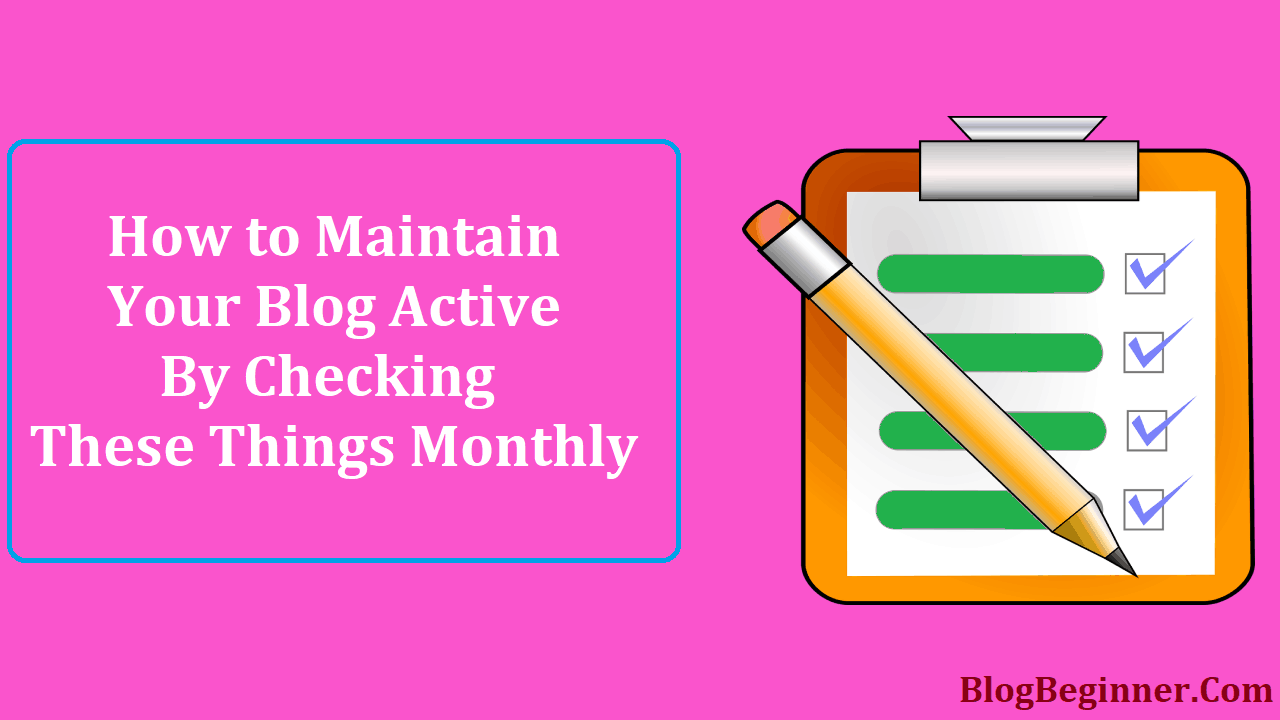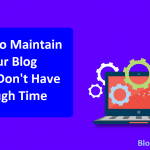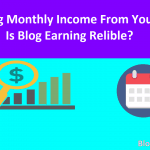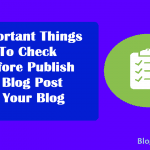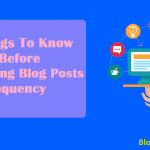How do you measure the success of your blog?
What do you look for when evaluating the performance of the blog and what tells you that approach A isn’t working as expected and it needs tweaking?
Here are the top things you should check on the blog monthly:
Contents In Page
Blog Traffic
Blogging takes a lot of time, hard work, and you need unyielding dedication to keep at it, especially in the first few months, or years.
Regardless of your stage of growth, you should whether or not this blogging is worth the investment or not.
You can evaluate the ROI and tweak your blog if necessary, but only if you track specific metrics that affect the performance of your blog.
Tracking traffic should start early because you don’t want to focus on creating posts that don’t appeal to your audience. By checking the traffic regularly, you can tweak your content early enough to meet the needs of your readers.
You can tell if people read your blog or not by checking your blog’s analytics.
The analytics also tell you your popular posts, while giving you insights into the demographics of your readers.
Google Analytics is an invaluable tool in checking blog traffic.
The good news is that most of the blogging platforms come with built-in systems for blog analytics like Google Analytics for WordPress.
If your blogging platform lacks the plug-in, you can check your blog’s traffic using Google Analytics on its website.
If you are on Google Analytics, you can tell that several other metrics will help you track your performance. The important metrics include:
Page Views
While traffic matters, it’s only a big deal if you are looking at the type of traffic you want.
Since you want to ensure that the traffic comes from the people you were targeting, that buyer persona you created in your content marketing strategy, the person whose needs your blog aims to meet and whose you optimized your site for, then page views is a critical metric.
With a big number of page views, you will have many leads.
This means that you will be optimizing lead magnets, growing traffic in the process.
On the other hand, with low conversion rates and poor quality leads, page views won’t be important.
Traffic Sources
Where is the traffic on your blog coming from?
Getting the specifics of the source of your traffic helps in measuring the effectiveness of your content marketing strategy.
Google Analytics breaks down the source of traffic from paid advertising into either social media or organic search.
These details tell you where your money is going and where you might want to inject more money.
Without specifics on the source of traffic to your website, you cannot tell whether or not your marketing strategies are effective.
Growth
Is it steady?
After publishing and promoting your blog, you naturally expect traffic to rise for the next few days.
But, you don’t want the traffic to plummet until the next blog post goes up. What you are looking for is a way to steadily and gradually grow the blog’s baseline traffic metrics.
For this to happen, you should have a solid SEO strategy. Traffic from a search engine is that consistent source of traffic you can get.
Engagement Metrics
Bounce Rates and Time on the Site
It pains to notice that visitors visited your blog but left after a few seconds.
You, like everyone else in the blogging world, wishes to keep visitors on their site for as long as possible because a long stay indicates their engagement and the trust they have in you.
There’s also the fact that Google considers Bounce Rates and the Average Time on Site crucial ranking factors.
These metrics measure a user’s experience. So, it should be a part of your long-term traffic growth, as well as lead generation.
Social Media Sharing
You can tell if people engage with your content by looking at the social shares recorded on your blog.
When content is shared, it shows that your readers appreciate and trust you.
Sharing also creates a social proof that your brand needs and sharing means your content gets to a new audience/ potential prospects.
Clicks on Social Media
After you write and publish content on the blog, the next step involves promoting it.
Promotion helps you know of the headlines that work best, type of content with high engagement rates, and how to incorporate those insights into future content strategies.
You get all these details from clicks on your content.
The other metrics you need to consider are
Comments per post – Respected blogs get many blogs. Make the most of this and comment, even with a simple Thank You.
Since most people see the comments section as an opportunity to connect with the author, you should make the most out of it.
Email Stats/subscribers.
This is an important metric that measures the effectiveness of your marketing strategies.
Finally, check on the inbound and on-page links (average) per post. The links depict higher visibility, ranking, and an increase in traffic.
Other crucial things you should check are a number of posts published, the top-viewed posts, blog’s homepage visits, average views per post, and the conversion rates.
